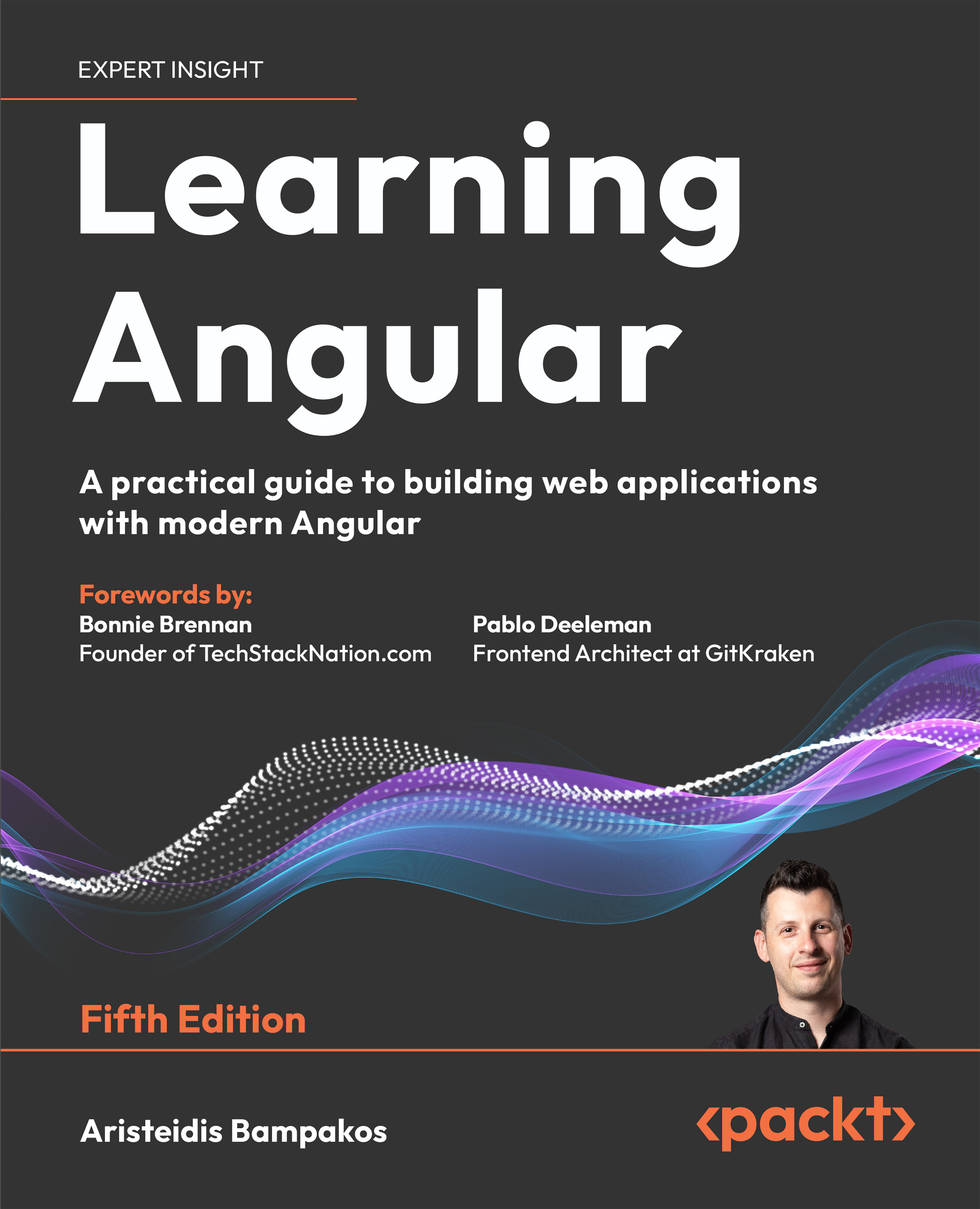-
Develop generic, customizable components secured with roles and policies
-
Manage application and user states, in simple to complex scenarios, across render boundaries
-
Enhance user experience by embedding AI-powered features into the application
-
Purchase of the print or Kindle book includes a free PDF eBook
With support for both server-side and client-side hosting, as well as the flexibility to mix render modes, Blazor empowers you to leverage cloud computing while maintaining the performance of local applications. Paweł Bazyluk—a Blazor expert with over a decade of experience in .NET technologies—shows you how Blazor, a Microsoft framework, enables you to create interactive web applications using C# and .NET, while reducing reliance on JavaScript. This cookbook highlights Blazor’s vast possibilities using practical recipes that address key aspects of web development and showcase the framework's versatility in building modern, integrated applications.
Pawel demonstrates how to skillfully navigate component-based architecture, and create, parameterize, and customize components to achieve high modularity. Working through practical insights and hands-on guidance in each chapter, you’ll progress from advanced data binding and event handling intricacies to optimizing data display using grids. You’ll explore application state management, build interactive forms with validation, leverage Blazor’s routing engine, and keep every part of the application secure. The book also explores cutting-edge topics, touching on how to enhance your application with AI-powered features.
By the end of the book, you’ll be fully equipped to build robust, scalable, and secure web applications in Blazor.
This book is for developers with a foundational understanding of Blazor and .NET seeking proven solutions to common web application development challenges. Frontend engineers, .NET developers, and solution architects looking to gain full-stack expertise will also find this resource invaluable. Familiarity with HTML, CSS, and JavaScript programming will help you get the most out of this web development book.
-
Build modular, reusable, maintainable code in component-based architecture
-
Exchange data between a UI and external service while ensuring UI responsiveness
-
Implement efficient user interactions and event handling
-
Present data in a structured and user-friendly manner using grids
-
Understand state management strategies crucial for complex applications
-
Create user-friendly and robust data input forms with smart validations
-
Explore routing capabilities and leverage navigation events
-
Enhance forms with AI-powered features and implement your own AI chatbot
 United States
United States
 Great Britain
Great Britain
 India
India
 Germany
Germany
 France
France
 Canada
Canada
 Russia
Russia
 Spain
Spain
 Brazil
Brazil
 Australia
Australia
 Singapore
Singapore
 Hungary
Hungary
 Ukraine
Ukraine
 Luxembourg
Luxembourg
 Estonia
Estonia
 Lithuania
Lithuania
 South Korea
South Korea
 Turkey
Turkey
 Switzerland
Switzerland
 Colombia
Colombia
 Taiwan
Taiwan
 Chile
Chile
 Norway
Norway
 Ecuador
Ecuador
 Indonesia
Indonesia
 New Zealand
New Zealand
 Cyprus
Cyprus
 Denmark
Denmark
 Finland
Finland
 Poland
Poland
 Malta
Malta
 Czechia
Czechia
 Austria
Austria
 Sweden
Sweden
 Italy
Italy
 Egypt
Egypt
 Belgium
Belgium
 Portugal
Portugal
 Slovenia
Slovenia
 Ireland
Ireland
 Romania
Romania
 Greece
Greece
 Argentina
Argentina
 Netherlands
Netherlands
 Bulgaria
Bulgaria
 Latvia
Latvia
 South Africa
South Africa
 Malaysia
Malaysia
 Japan
Japan
 Slovakia
Slovakia
 Philippines
Philippines
 Mexico
Mexico
 Thailand
Thailand










